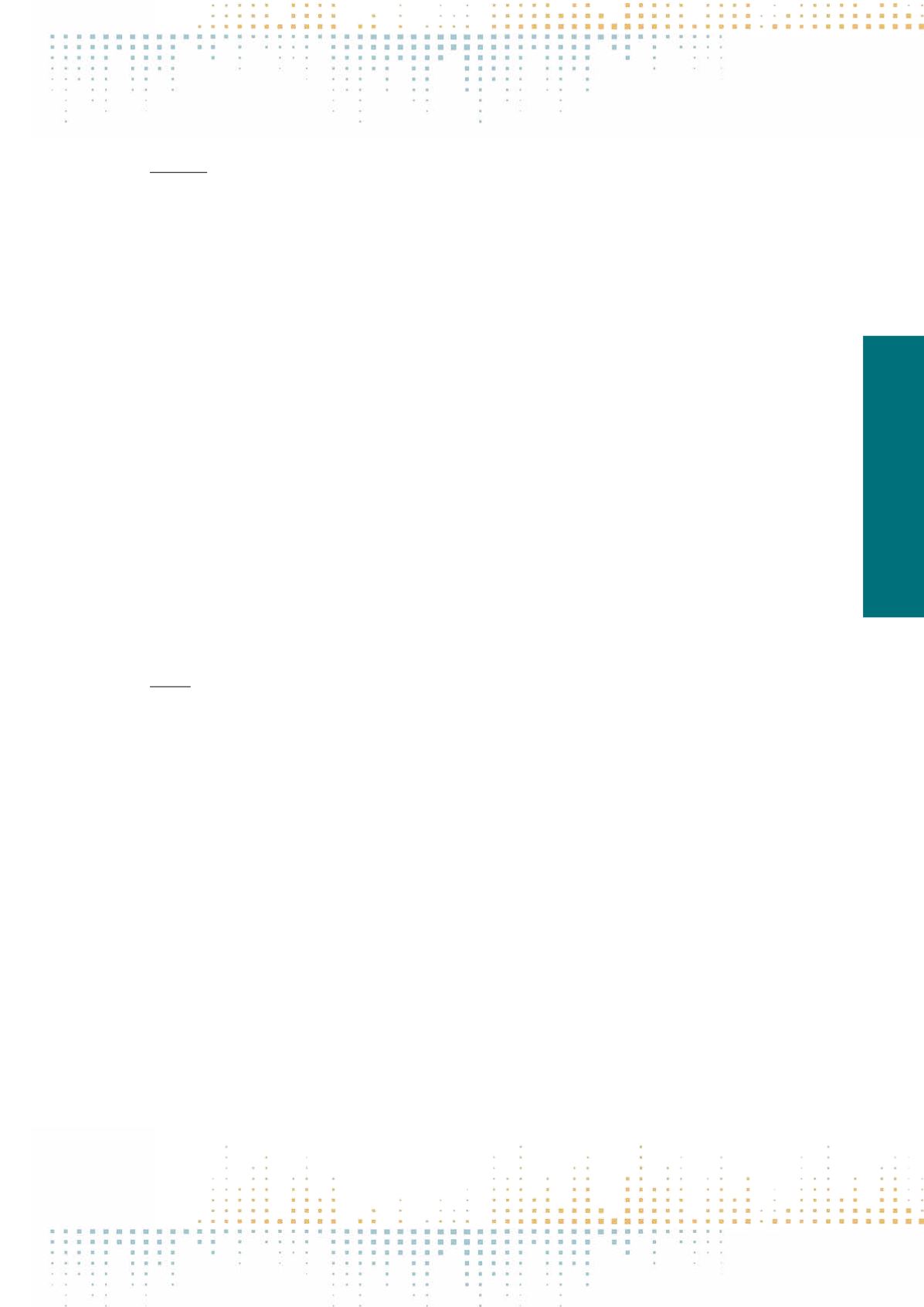

151
Saturday, November 12
0 9 : 0 0 – 1 0 : 3 0
PP 523
Disruptive Digitalization: Priority for Telecommunication over Broadcasting
S. Gadringer
1
, R. Parrilla Guix
1
, J. Trappel
1
1
University of Salzburg, Communication Studies, Salzburg, Austria
For broadcasting, digitalization represents the first disruptive change after its initiation more than 90 years ago. Actually, all implications of major tech‑
nological development stages (in the case of television: colour TV, satellite/cable distribution, HD-TV, 16:9 ratio etc.) cannot compete with the ongoing
disruption caused by the digitalization of the entire production and distribution chain. What sets digitalization apart is the convergence of platforms not
only inter- and intra-media, but also across business borders of telecommunications. So far, spectrum scarcity was managed by national authorities in
response to the needs expressed by frequency stakeholders and according to international standards. Bandwidth was allocated to a specific set of purposes
such as audio, television, emergency radio, and lately mobile telephony GSM. Digitalization is the game changer, as almost the entire spectrum can be
used for any purpose. This implies competition for spectrum between all kinds of terrestrial operators. Participants in this harsh competitive setting are
thus no longer operators of the same kind (e.g. public or private television stations of neighbouring countries). Imbalances are evident: Telecommunication
companies are larger in size and their cash flows allow them to tender for bandwidth broadcasters could not compete with. Therefore, our research project
examines the ongoing dispute on frequency allocation for broadcasting in competition with other purposes. The aim of the project is to understand and
explain the rationale of frequency allocation during the digitalization process (2003–2015) against the background of the public interest involved. Our
study, conducted in a framework of European countries (led by the University of Tampere and financed by the Academy of Finland), looks into Austria as
case in point. The research objectives are: (i) to evaluate the development of key stakeholders’preferences towards the digitalization process; (ii) to assess
the evolution of frequency allocation and of media policy goals related to digitalization; (iii) to assess the present perception (2015) of both political actors
and stakeholders towards the digitalization process. Our approach draws on new-institutionalism stating that output in a given policy process can only be
understood by researching technological change and the preferences of state and market actors together with the ideological cleavages and the formal
and informal institutional rules affecting the process (Galperin, 2004, pp. 160–163). Accordingly, we define institutions as the compound of formal rules,
informal codes and their enforcement mechanisms (North, 1990, p. 3f). Research goals (i) and (ii) were addressed through qualitative document analysis
of Austrian and EU media policy laws/regulations, including particularly documents specifying the digitalization strategy (Digitalisierungskonzepte). To
achieve research goal (iii), interviews with legislators, regulators, broadcasters, network operators and civil society actors were conducted. The projects’
results show that legislators/regulators decide mainly following the framework defined by international actors (EU, WRC), and that preferences of network
operators tend to enjoy priority over preferences of other stakeholders, including broadcasters. References: Galperin, H. (2004). Beyond Interests, Ideas, and
Technology: An Institutional Approach to Communication and Information Policy.The Information Society, 20(3), 159–168. North, D. C. (1990). Institutions,
Institutional Change and Economic Performance. Cambridge: Cambridge University Press.
PP 524
Alignments in Diversity: Factual Harmonisation in Protecting Minors from Harmful Media
S. Dreyer
1
1
Hans-Bredow-Institut for Media Research, Media Law & Policy, Hamburg, Germany
Legal frameworks for the protection of young people from harmful media are highly fragmented in Europe. Cross-border, convergent or flexible regulative
approaches that would satisfy the dynamics of media markets and changing media use patterns are still rare (O'Neill & Staksrud 2012; Schulz et al. 2015).
And yet, beneath the level of formal national laws, very pragmatic and practice-oriented transitions can be found. Companies, supervisory bodies and
content classifiers as well as self- and co-regulative bodies establish networks and cooperations that implement non-legislative provisions and practices
that lead to more and more factual harmonisation.These alignments are to be seen against the backdrop of national political discussions that demand inter‑
national approaches to current regulatory issues on the one hand, and limited regulative possibilities for formal harmonisation at EC level on the other hand
(cf. Staksrud & Kirksæther 2013). Based on recent comparative and descriptive studies (Cappello 2015; Schulz et al. 2015, O’'Neill, Staksrud & McLaughlin
2013) the proposed contribution shows uttered policy demands for internationalisation as well as practical limitations due to different cultural values and
national public discourses, inter alia. Before this background, it categorises current forms and patterns of cooperation in the field of youth media protection
and shows their impact on factually aligning fragmented frameworks. The levels of such a factual harmonisation the analysis will encompass are content
classification practices, classification data exchange, technical protection measures, cooperation on (EC) policy level, systematic exchanges of experiences
and types of informal networking. Attributes the contribution pays attention to are the area where respective efforts take place (sub-statutory norms,
processes, actors, results, evaluation, exchange), the form of cooperation (formal vs. informal, bilateral vs. multilateral), its duration (flexible, set period,
permanent), their scope concerning participating stakeholder groups (one area vs. crossing-areas, e.g. industry/politics; industry/NGOs; research/industry/
politics), and their origin (European Commission- or state-induced vs. autonomous initiatives and industry-induced). By analysing the manifold coopera‑
tions and their impact on factual harmonisation the contribution will help in understanding the (future) role of forums and formalised networks, but also
the role of the European Commission with its soft-regulatory and co-ordination approaches in areas where EC's legal competences are limited ("regulation
by networks": Dehousse 1997; OMC and traditional soft law: Borrás & Jacobsson 2004).The insights stemming from this analysis also cast a light on the big‑
ger question whether multi-level governance systems are actually needing such multiple-level cooperations to cope with current governance dilemmas (cf.
Jupille, Caporaso & Checkel 2003; Keohane 2001).



















